Guo Moruos Former Residence in Beijing
Guo Moruos Former Residence in Beijing
Guo Moruo's former residence is located at No. 18, Qianhaixi Rim, Xicheng District. Originally a garden in Heling in Qing Dynasty, it became the forage yard and stables of Yixian Mansion of Prince Gong. During the Republic of China, the descendants of Prince Gong sold the Royal Palace and gardens to Furen University, where they sold them to Darentang Yuejia Pharmacy as their homestead. In October 1963, Guo Moruo lived here until his death on June 12, 1978. Mr. Guo Moruo spent the last 15 years of his life here.
Personal introduction
Guo Moruo (1892-1978), from Leshan, Sichuan. Writers, poets, playwrights, archaeologists, paleographers and social activists.
Brief introduction of former residence
The former residence is a large courtyard with a wooded mound inside the gate. The five North rooms in the second gate are its studio and meeting room. The East ear room is the bedroom, and the East and West rooms are three. It is surrounded by corridors with closed corridors leading to the backyard. In addition, there is a cross-hospital in the east, where Guo Moruo kept a large number of manuscripts, books and other precious cultural materials. There are Ginkgo biloba and peony planted by Guo Moruo and his wife, among which the "mother tree" is the most distinctive.
Walking into the courtyard, on the lawn is a bronze statue of Mr. Guo Moruo, with a pleasant look, like a rest, but also like meditation. Through the flower gate, it is a two-way courtyard consisting of East and West compartments and two rows of main rooms. The corridor and warm corridor are connected into one. Faced with the five main rooms, Mr. Guo's bedroom, office and living room are displayed as they are.
Personal achievement
Since the May 4th Movement, Mr. Guo Moruo has been active on the front of culture and Science in China. He has made remarkable achievements not only in literature, art, history and ancient philology, but also in an inspiring social activist. According to this main line, through Guo Lao's manuscripts, works, historical pictures and other exhibits, this exhibition introduces his achievements in different fields of poetry, drama, literary theory, ancient writing and ancient social studies, as well as calligraphy art in different historical periods. It also introduces his historical achievements in various stages of the New Democratic Revolution, as well as his achievements in Science after the founding of New China. The immortal contributions of the front of learning culture and education, international exchanges, peace movement and so on. In order to enable the audience to have a deeper understanding of Guo Lao, the special exhibition room will also introduce Guo Lao's achievements in various academic fields or different historical periods.
Traffic information
Take No. 111, No. 107, No. 118 trams or No. 13, No. 701 buses to Beihai Beimen Station. You can also take Metro Line 6 to get off at Beihai Beimen Station.
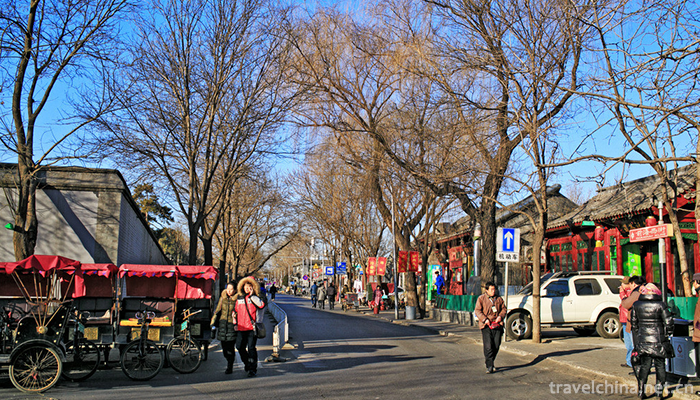
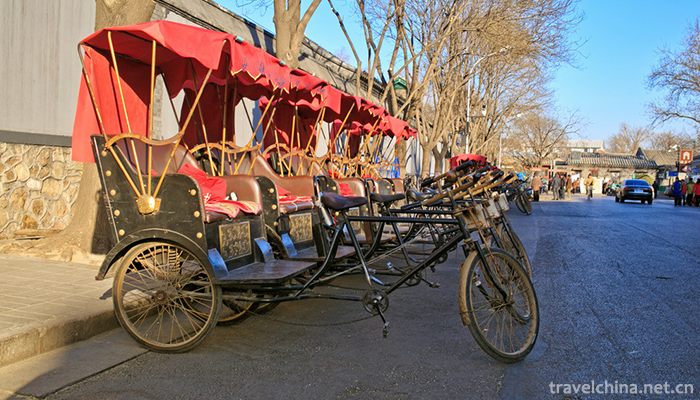
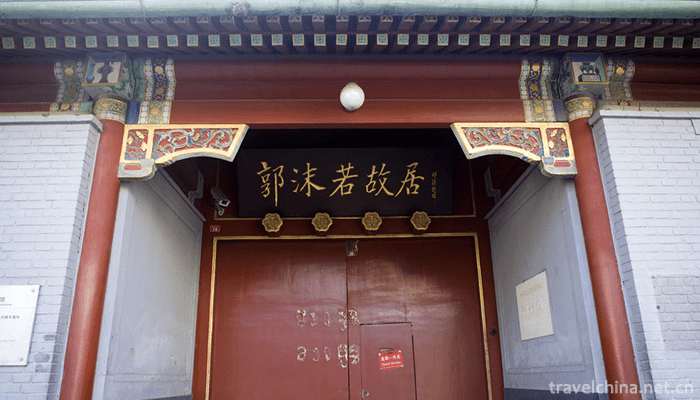
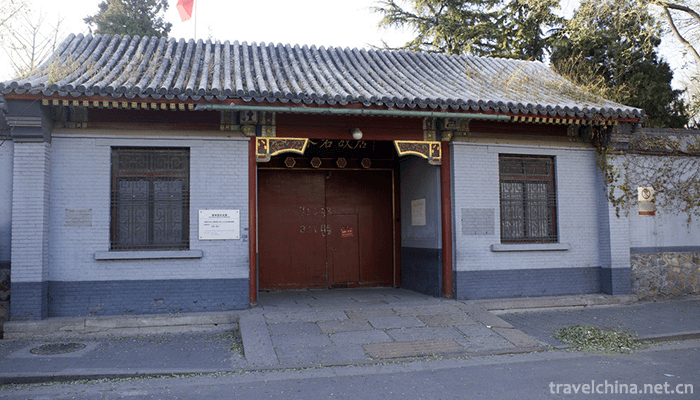
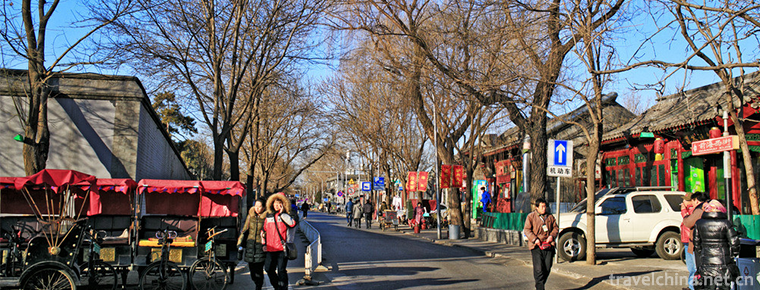
-
1.Fenghua Xikou Tengtou Tourist Scenic Area
Fenghua District, Ningbo City, Zhejiang Province, is under the jurisdiction of the established towns, the first batch of famous national landscape tourism towns
Time 2018-12-07 -
2.Jiulian mountain
Jiulianshan Scenic Spot is located in Songshuping Village, Shangbali Town, Huixian City, Xinxiang City, Henan Province. It belongs to the south foot of Taihang Mountain
Time 2018-12-22 -
3.GongQing Forest Park
Gongqing Forest Park is located in Yangpu District, Shanghai. It is bordered by Huangpu River in the East and Military Road in the west. The total area of the park is 1965 mu, and the open public
Time 2018-12-24 -
4.Carved lacquer art
Lacquer carving, traditional handicraft in Chongwen District, Beijing, is one of the national intangible cultural heritage.
Time 2019-04-27 -
5.Making Skills of Filament Mosaic
Silk mosaic is one of the traditional handicraft techniques in China. Gold, silver and copper are drawn into silk, and various decorations such as jewelry and utensils are made by various techniques.
Time 2019-05-04 -
6.Shaoxing Lotus Flower Fall
Shaoxing Lotus Fall, also known as Lotus Music and Lotus Fall, is a traditional form of folk art in Shaoxing, Zhejiang Province. It is named because of the help singing such as "Lili Lianhua Luo&
Time 2019-06-14 -
7.Lisu Folk Songs
Lisu people advocate singing in tune. In the multi-voice unaccompanied chorus of Lisu people, the three major tunes of Lisu folk songs are "swing time", "excellent leaf" and "
Time 2019-06-17 -
8.Production Techniques of Oolong Tea
Oolong tea production technology is a local traditional handicraft in Anxi County, Fujian Province. Historically, during the reign of Yongzheng in Qing Dynasty (1723-1735), tea farmers in Anxi County
Time 2019-06-29 -
9.Beijing University Of Technology
Founded in 1960, Beijing University of Technology is a multi-disciplinary municipal key university with a combination of engineering, science, economics, management, literature, law, art and education
Time 2019-09-06 -
10.Introduction to Chinese embroidery
Embroidery, known as needle embroidery in ancient times, is a kind of technology that uses embroidery needle to guide color thread, embroiders the designed patterns on textiles, and forms patterns with embroidery traces. In ancient times, it was called "Juju" and "pinju".
Time 2020-12-12 -
11.Recommended routes for Chengdu Giant Panda Base
Recommended routes for Chengdu Giant Panda Base,Recommended route (1.5 hour tour)
Time 2020-12-13 -
12.Luzhou natural resources
The total amount of water resources in Luzhou is 6.657 billion cubic meters per year. The groundwater reserves are rich, reaching 1.065 billion cubic meters per year, among which Xuyong and Gulin counties in the south are the richest. The structural fissure water in the south
Time 2020-12-14